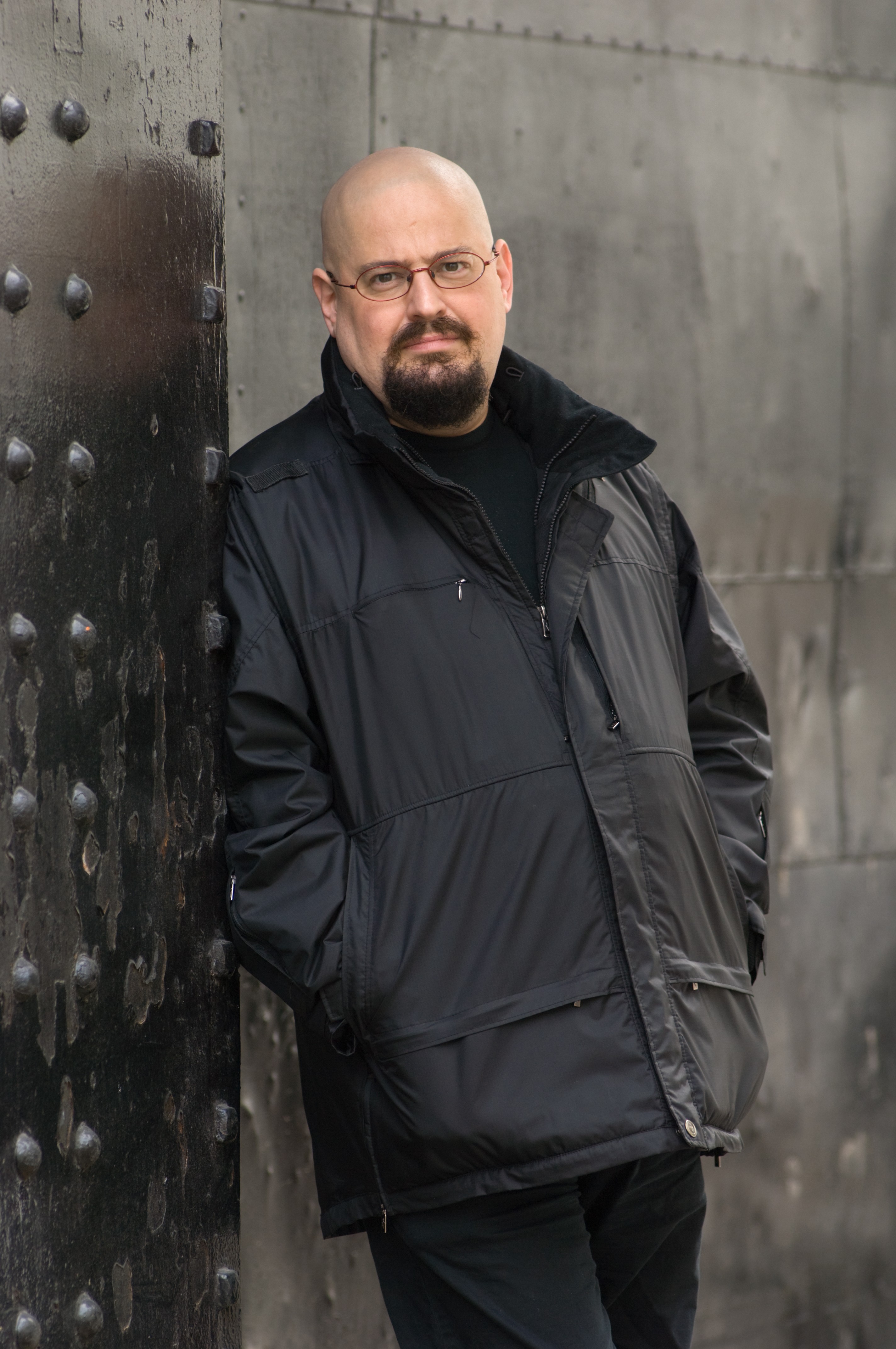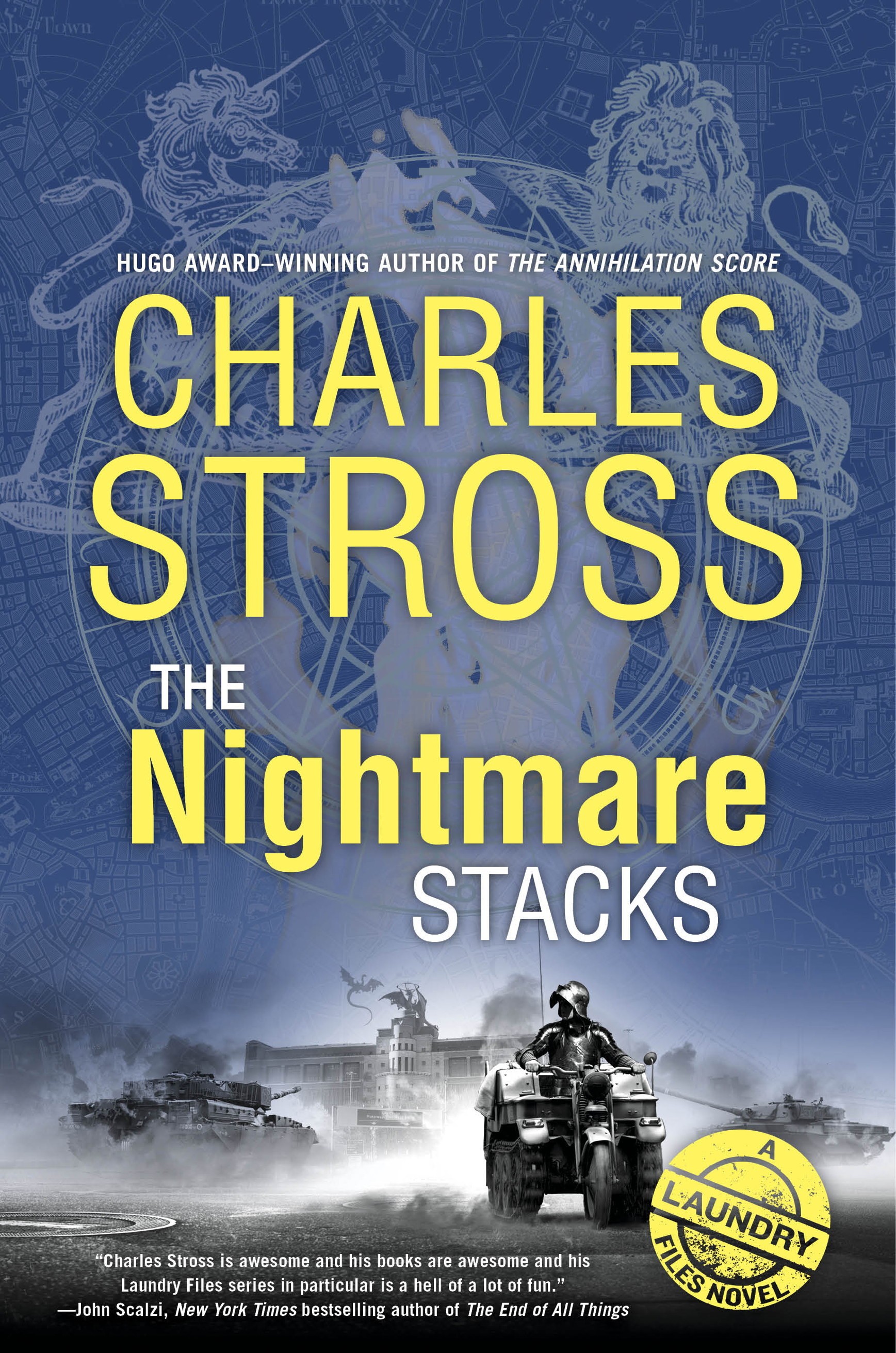Scrivener for iOS presents a deceptively simple appearance: there are a lot of really nifty features that only show up if you experiment.
Even busy authors sometimes take time out to help us develop our software. Charlie Stross, author of six Hugo-nominated novels and winner of the 2005, 2010, and 2014 Hugo awards for best novella, volunteered as a beta tester for Scrivener’s iOS version. A full-time science fiction writer, his work - featuring everything from vampire secret agents to knights on horseback with automatic weapons - has been translated into at least 12 languages, as well as winning many other awards. His latest novel has just hit the shelves…




0 Comments
Please sign in or register to comment on this post.
Register
Sign in
Forgotten password